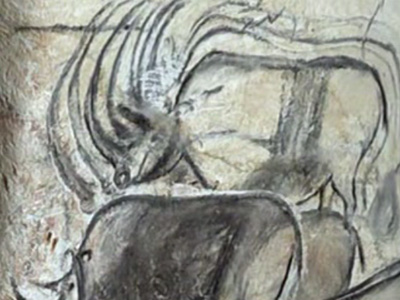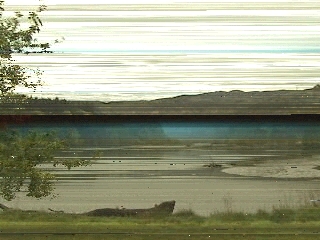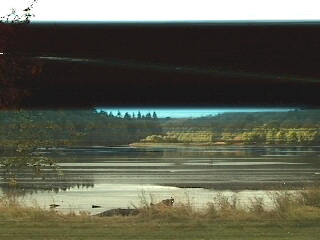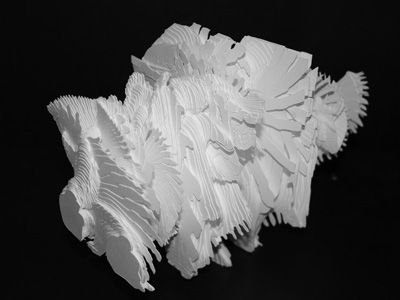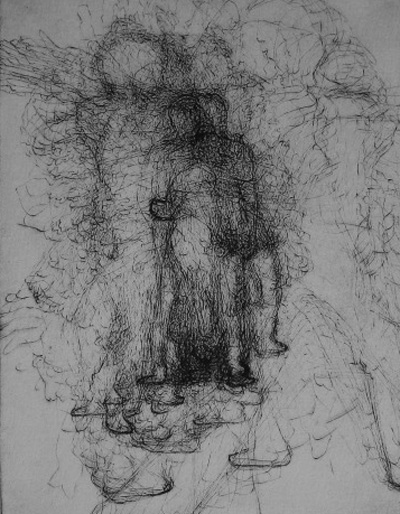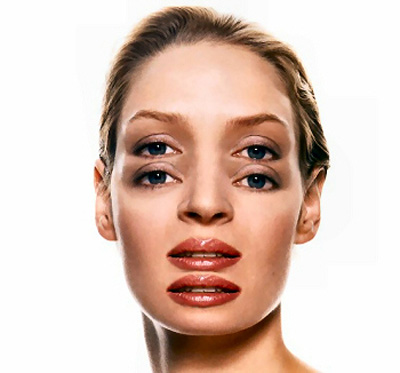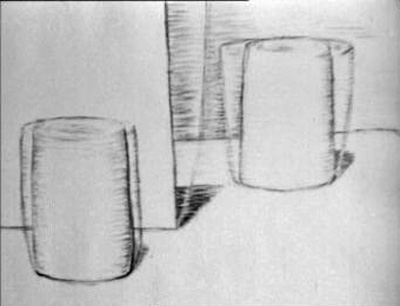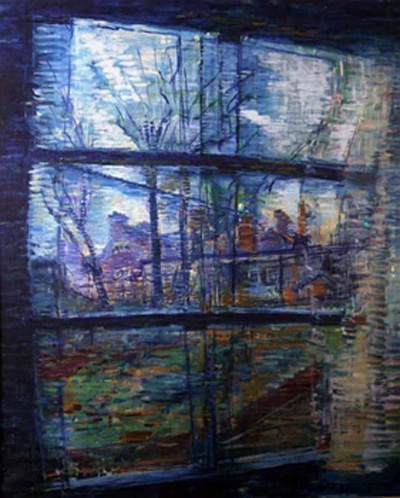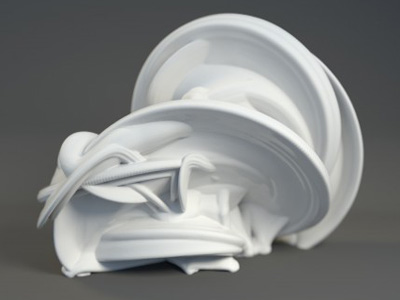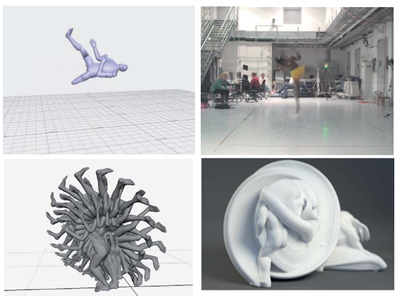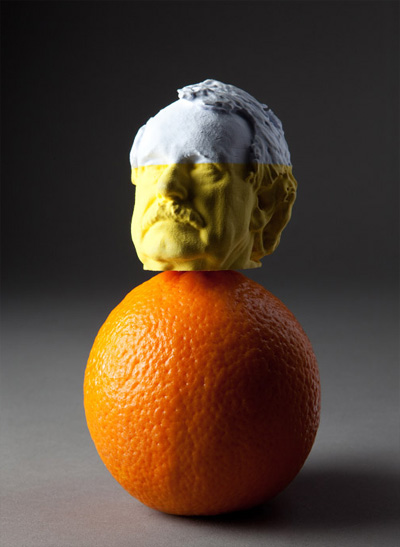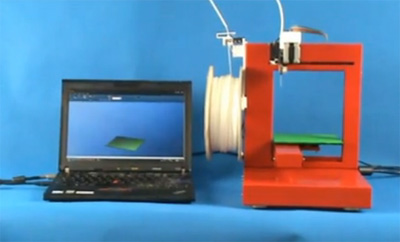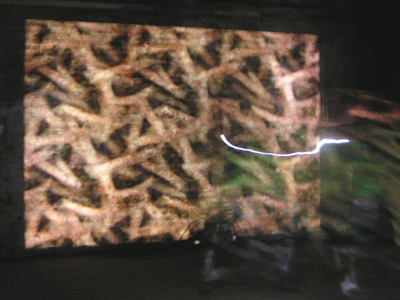
“Life-Line” is a short story by American author Robert A. Heinlein first published at the dawn of WW2. In the story Professor Pinero, builds a Chronovitameter machine that can predict how long a person will live.
He stepped up to one of the reporters. “Suppose we take you as an example. Your name is Rogers, is it not? Very well, Rogers, you are a space-time event having duration four ways. You are not quite six feet tall, you are about twenty inches wide and perhaps ten inches thick. In time, there stretches behind you more of this space-time event, reaching to perhaps nineteen-sixteen, of which we see a cross-section here at right angles to the time axis, and as thick as the present. At the far end is a baby, smelling of sour milk and drooling its breakfast on its bib. At the other end lies, perhaps, an old man someplace in the nineteen-eighties. Imagine this space-time event that we call Rogers as a long pink worm, continuous through the years, one end in his mother’s womb, and the other at the grave. It stretches past us here, and the cross section we see appears as a single discreet body. But that is an illusion. There is physical continuity to this pink worm, enduring through the years. As a matter of fact there is physical continuity in this concept to the entire race, for these pink worms branch off from other pink worms. In this fashion the human race is a vine whose branches intertwine and send out shoots. Only by taking a cross section of the vine would we fall into the error of believing that the shootlets were discreet individuals.”
He explains that the pink worms conduct electricity along their entire life-line and that by sending an electrical signal from the current cross section, which will echo back at the extremities, you can measure the moments of birth and death.
This contrasts slightly with Vonnegut’s Tralfamadorian idea of a human life as a long millipede with baby legs one end and old man legs the other. The difference is just a matter of resolution. If you make up the 4d body by taking snapshots 1 second apart then you would be able to distinguish the legs at different positions as they walk through space and you get the millipede effect. If you take all positions continuously then the legs merge into Heinlein’s worm.
The Adjustment Bureau

To complete the set, a third Sci-Fi author, I recently saw The Adjustment Bureau (based on a short story by Philip K. Dick), which also contains a life-lines theme.
In this story each human is followed around by a crew of adjusters (like guardian angels but they have to wear hats?). The adjusters have a book which contains the subjects life-line. only in this case the life-line isn’t completely prescribed, Matt Damon is allowed to mess around a little with it , and fall in love with Emily Blunt in a toilet. But then the adjusters come in because the animating life-line book warns them that Matt is going off and they use various powers to get him back on the straight and narrow. For example they trip a few people up. In the end none of it matters because Matt is allowed to rewrite his own fate anyway, so the previous 2 hours were pointless. However the life-line book is an interesting idea.
GPS Art
Since the availability of cheap and accurate Global Positioning Systems several artists have used their ability to trace a path as virtual pencils which can make drawings on a grand scale. These edited trails are subsets (or edits) of the artists entire life-line.
Jeremy Wood has made star drawings over 5000km long using GPS and Ryan Air and on a smaller scale displayed GPS renderings of lawn-mowing trails which I saw last year at the Tenderpixel Gallery in London and which had an unexpected ethereal quality.
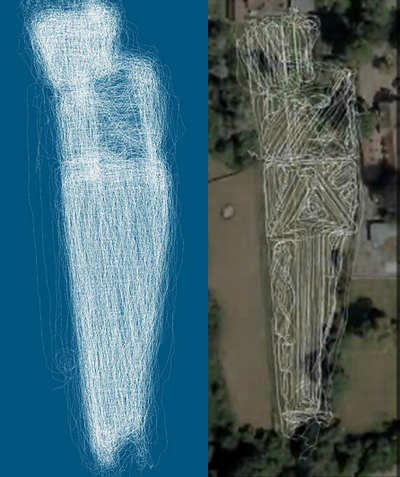
A strange thought: if the lawn-mower accidentally mowed over a worm would it then spread its flesh over the forthcoming path?

